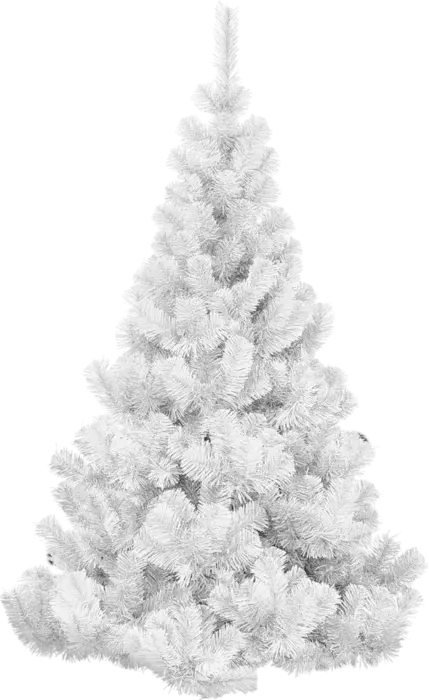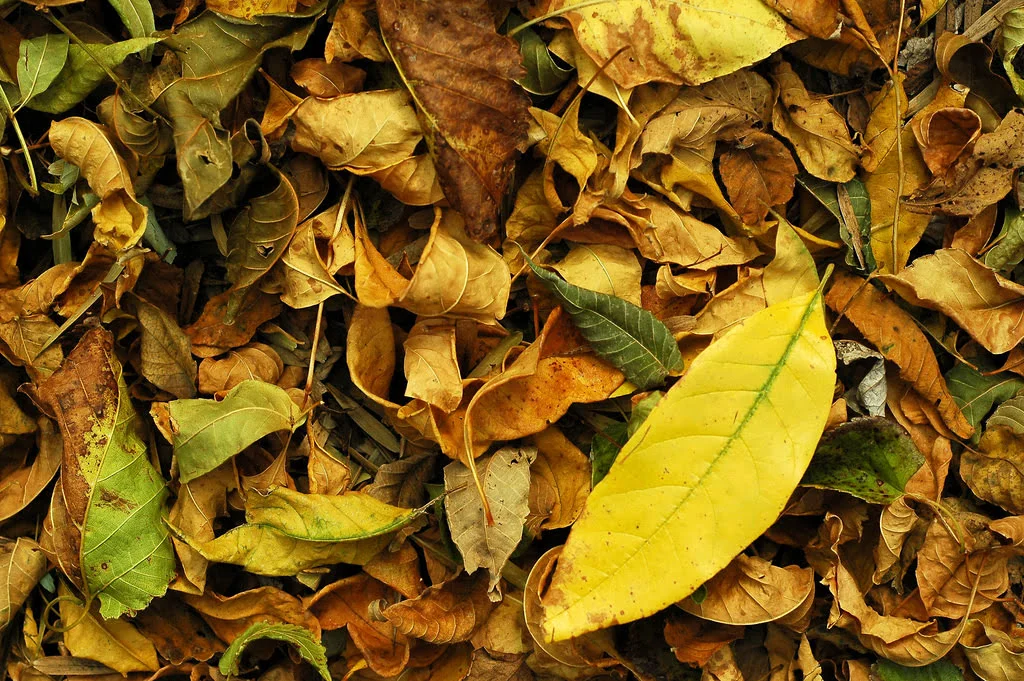Plant Health Care
Trusted Plant Health Care Services in Springfield, MO & Nearby Areas
Are your plants experiencing troublesome symptoms such as discolored leaves, dead branches, or early leaf drop? Sometimes the cause of concern is a minor problem that is easily corrected, such as inadequate nutrients or dry soil. Other times, the problem is more complex, with several underlying causes that require professional treatment.
To better address situations such as these, All About Trees has created a Plant Health Care (PHC) Program. Our friendly ISA-certified arborists are proud to be our region’s go-to experts for all things plant health, offering a comprehensive range of plant health care services in Springfield, MO. Keep reading to find out more about how we can help ensure that every plant, shrub, or tree in your yard grows strong and healthy, or contact us now to schedule a service appointment!

Reliable Plant Health Care Services
Every plant needs its own unique care to thrive in its own unique way. Here in the Ozarks, our plants, trees, and shrubs face all sorts of challenges throughout the year — from our hot, humid summers to unpredictable winter storms. That’s why our plant health care services in Springfield, MO, are designed with a holistic approach in mind.
Maybe that maple you planted for your first grandchild is showing signs of stress, or the shrubs that have been in your front yard for generations seem to be struggling with disease. Whatever the situation, think of All About Trees as your plant health care doctor, here to recommend care that helps your leafy friends not just survive, but thrive. Whether you’re dealing with a specific problem or looking for ongoing preventative care, we’re here to help with the expertise, concern, and attention to detail that your landscape deserves.
If you notice a decline in plant health, it’s vital to contact a certified arborist ASAP, as the more time you wait, the more disease, pests, or other problems can cause damage. Our plant health care professionals understand the unique challenges of Missouri’s climate and soil conditions. When you schedule service with us, we will discuss the problem, explain what may be needed to help your plant thrive, and create a customized plant health care program based on the specific circumstances at play. From there, we’ll follow the steps closely, until your plant is happy, healthy, and thriving once again.

Signs Your Plants Might Need Some Extra TLC
Yellowing or Discolored Leaves
Keep your eye on the range of colors your plant is showing. Is your leafy friend starting to look a bit yellow around the edges? Most commonly, this problem pops up when there’s either too much or too little water, or, it might be begging for some much-needed nutrients. Give us a call for service, and our professional arborists can recommend an effective plant health care program that brings back that healthy green shade.
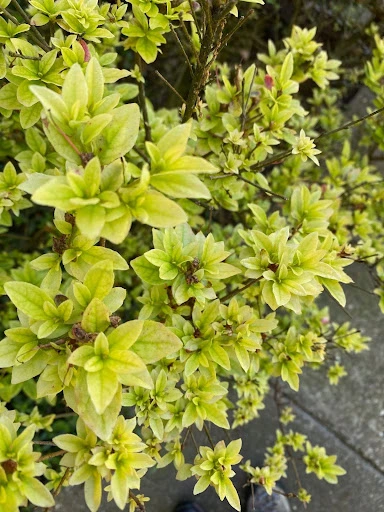
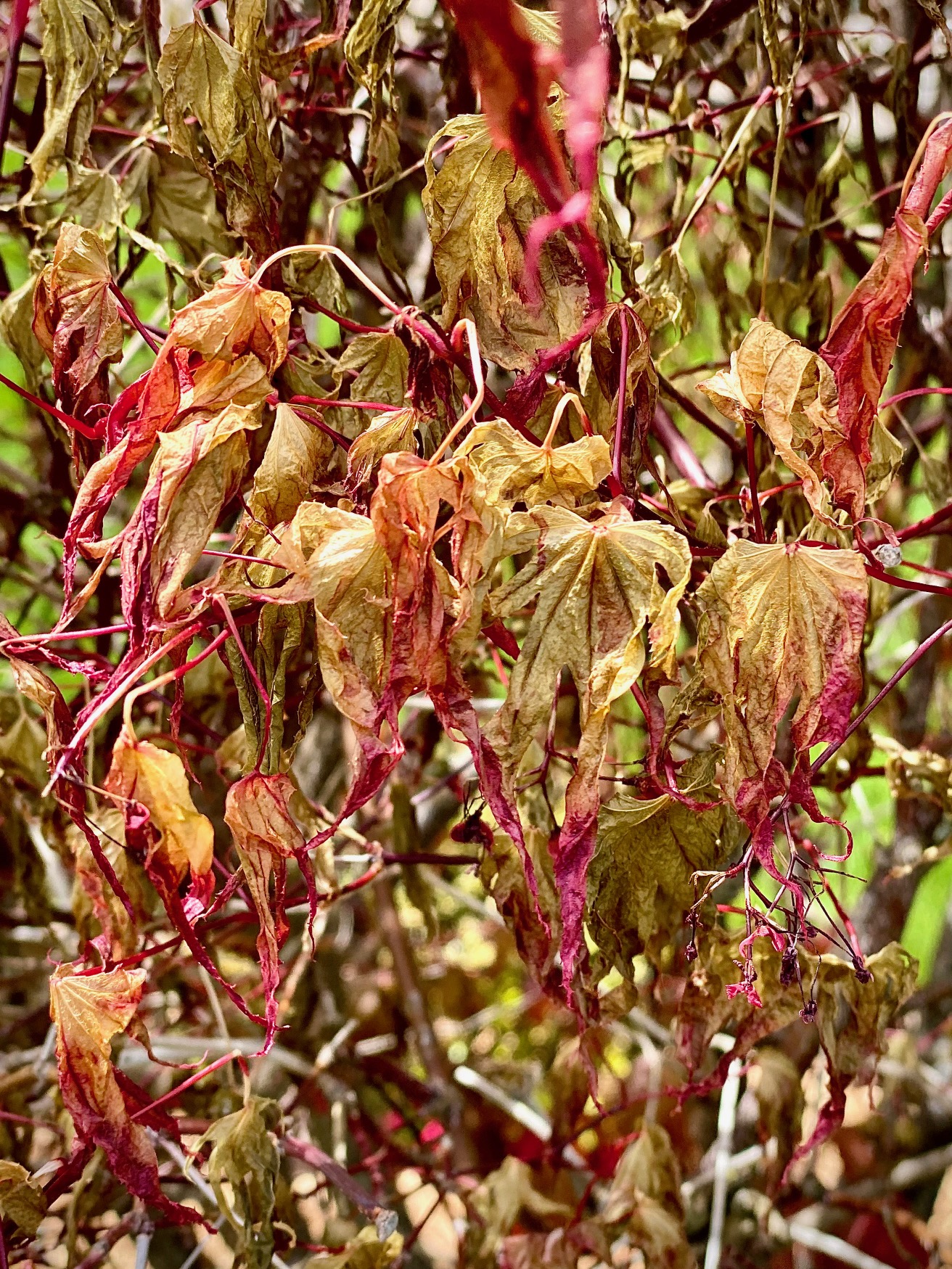
Wilting Despite Adequate Water
A drooping or wilting plant usually indicates that there’s a problem going on below the surface — literally. Sometimes plant roots can get a bit overwhelmed if they’ve been sitting in over-saturated soil (we all need a chance to dry out sometimes!).
Stunted or Slow Growth
If your plant seems to be taking a really long nap or isn’t seeming to grow at all, it might be dormant for the season… or it might need a change in its routine.
Often trees fail to get established and grow vigorously due to root problems or soil issues. Contact our plant health care experts for help, and we can recommend a personalized treatment schedule to protect your plants from this common problem.
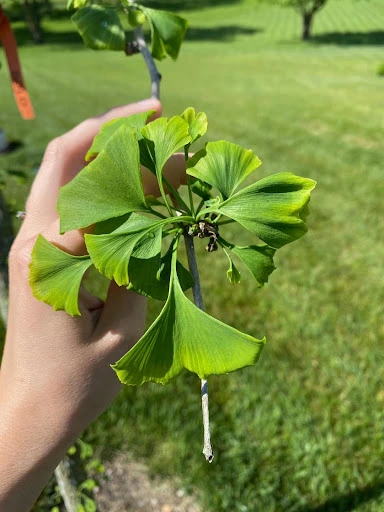

Unusual Leaf Drops or Patterns
It’s totally normal for healthy plants, trees, and shrubs of all types to drop a few leaves now and then. But if your plant starts dropping leaves like it’s going out of style, it may be time to keep a closer eye on what’s going on.
Are they crispy before they fall? Your plant might be thirsty, or the leaves may have developed damage due to nutrient deficiencies or disease. Let us know your plants are dropping their leaves, and we can answer your questions, inspect them for problems, and assist you with treatment.
Pest Presence and Damage Signs
Nobody likes uninvited guests, especially the kind that munch on your plants! Keep an eye out for little warning signs like tiny holes in leaves, sticky residue, or areas that look like they’ve been attacked by tiny vampires, as these are typical indicators of damage from a pest infestation.
The good news is that healthy plants are naturally more resistant to pests and other environmental stresses, so keeping your trees and shrubs healthy is the best way to protect against pests. If you do spot some unwanted visitors, contact our team for help. Our plant health care experts have experience dealing with all types of plant infestation issues, and we’re ready to provide much-needed care to help your green friend fight off that irritating infestation.
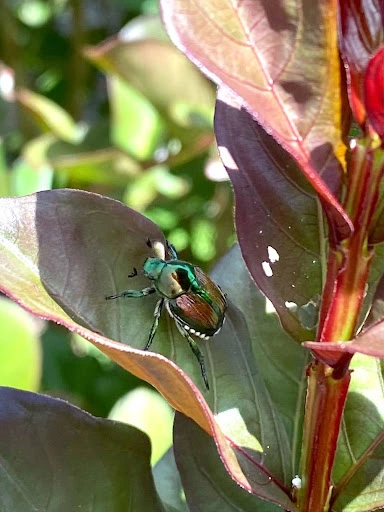
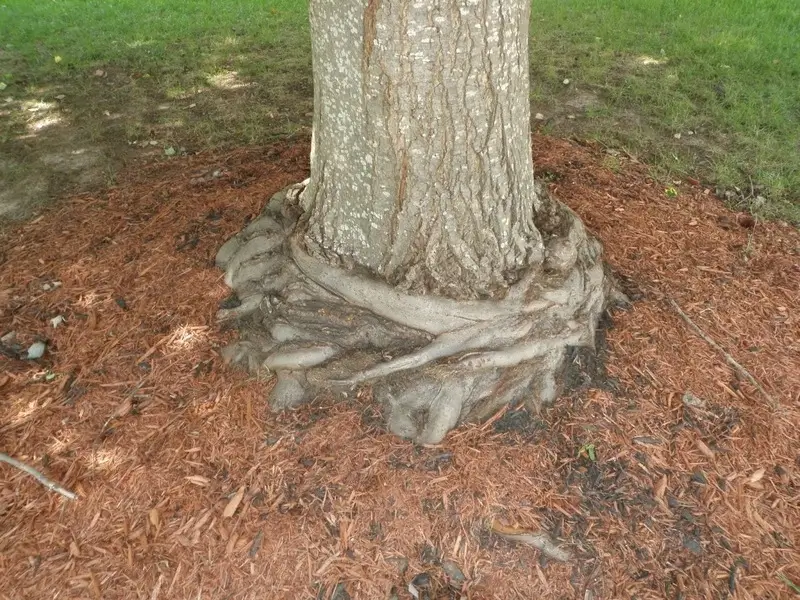
Root Problems and Soil Issues
Objectives of Our Plant Health Care Program
Appropriate & Well-Timed Plant Health Care
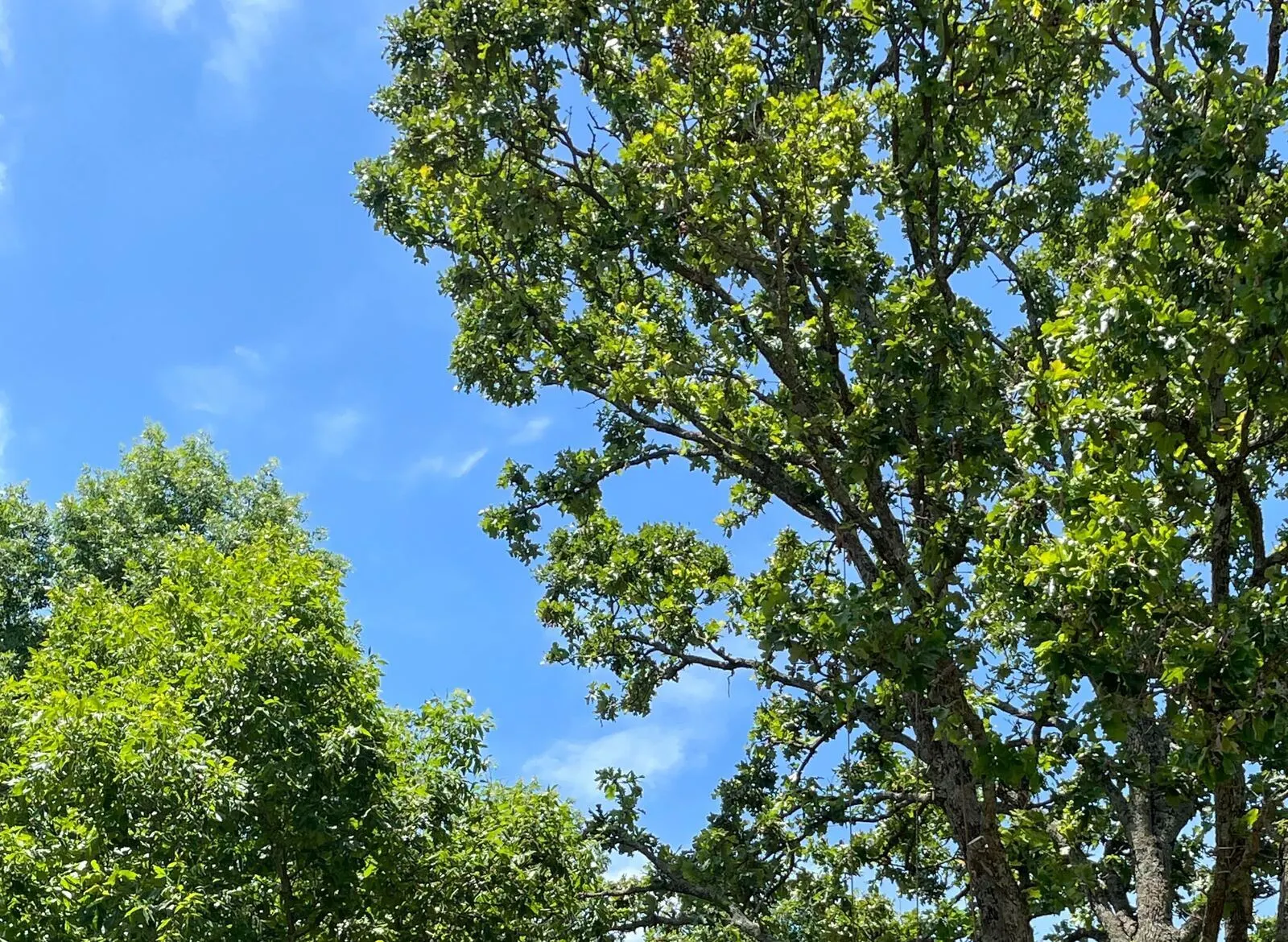
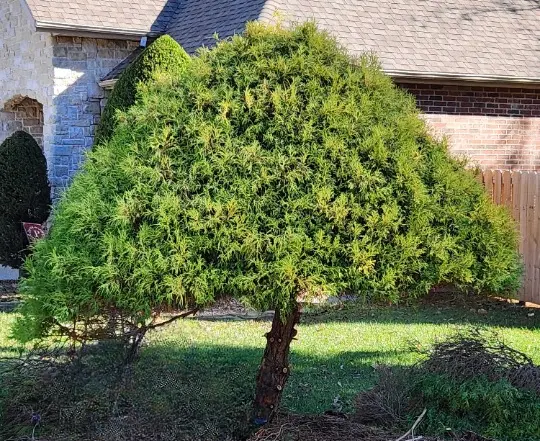
No Unnecessary Treatment
Safe Treatment Application & High-Quality Products
At All About Trees, we believe that safety is the foundation of good plant health care. That’s why our team uses the safest methods for all of our professional plant health care services in Springfield, MO, using as many systemic treatment products as possible and never doing tree sprays over 25’ high to limit drift possibility.
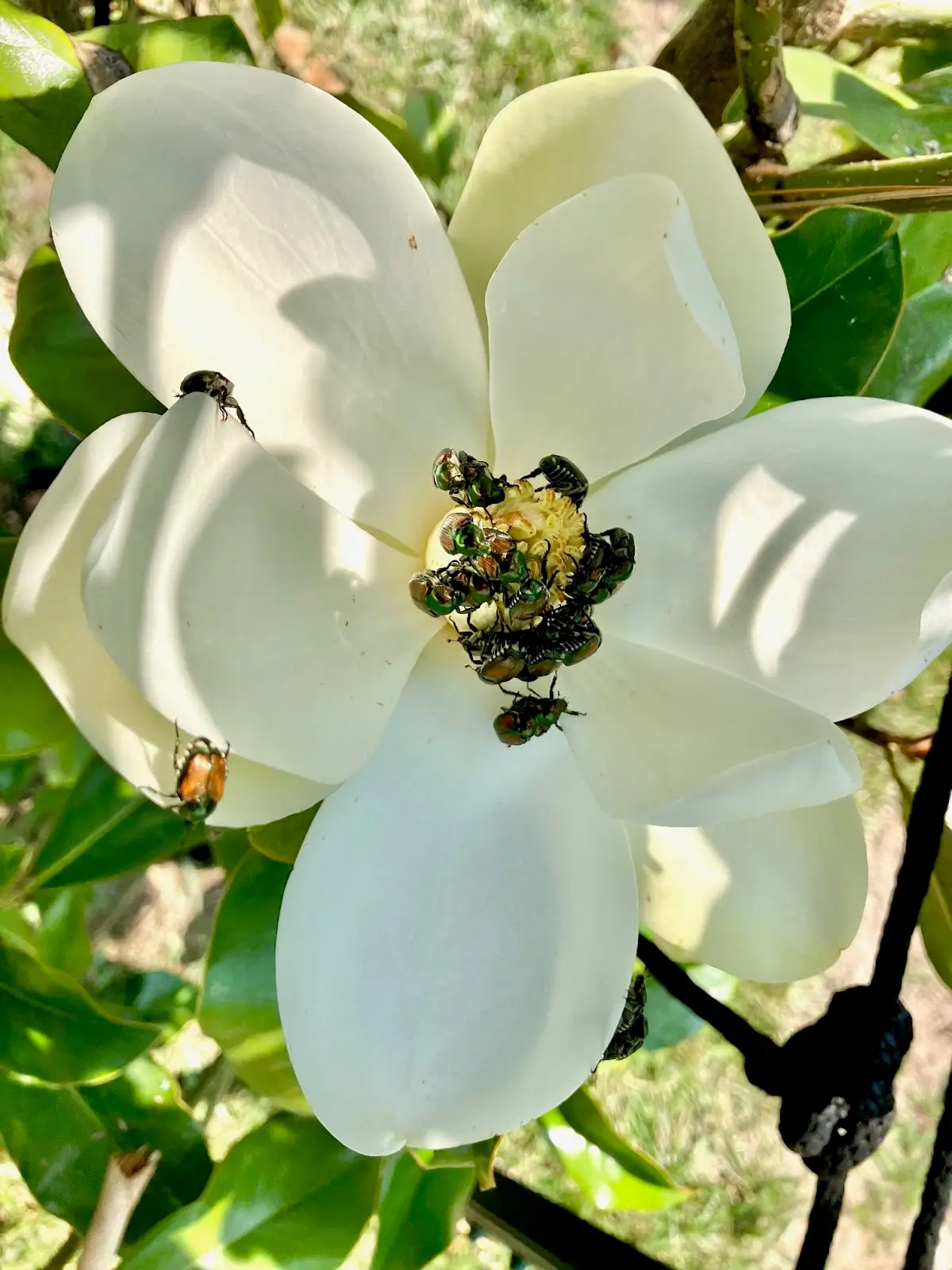
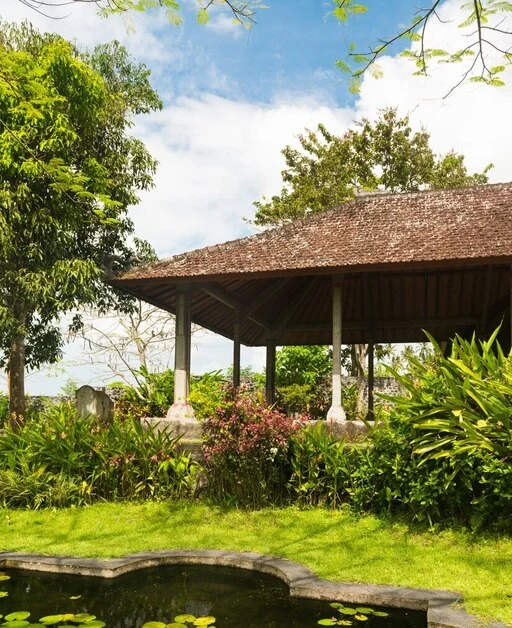
Need Professional Plant Health Care? Call Our Team Today!
At All About Trees, our plant health care experts are ready to help keep your plants, shrubs, and trees healthy and beautiful throughout the year. Our courteous and professional team is just a phone call away, ready to visit your property, discuss your questions, and recommend an effective plant health care program designed specifically for your situation.
Whether you’re struggling with damage from disease, fighting against pests, or simply want to invest in regular service as a way to keep your plants, shrubs, or trees healthy for the long haul, our holistic approach to plant health care has earned us a great reputation throughout the Greater Springfield area.
Contact Us


